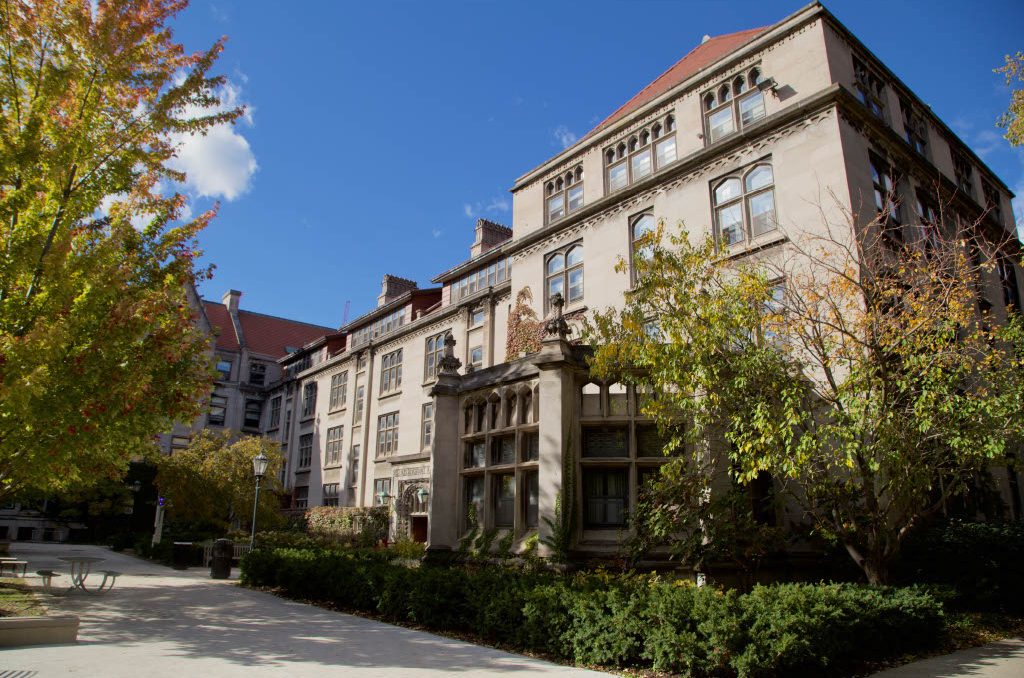In a recent piece published by The Chicago Maroon, the author lamented the inconvenience, price, and declining ridership of the Metra. He outlined a few proposals made by transit activists, which, in my estimation, require further discussion.
A Metra Electric (ME) trip from Hyde Park to downtown costs $4.25, significantly more than the $2.50 ride on the CTA. The Coalition for a Modern Metra Electric, as cited by the author, proposes that Metra fares should match that of the CTA. He argues that this would actually increase Metra ridership by 33 percent. However, the math doesn’t quite add up. Matching fares would be a 41 percent cut, and though it would increase ridership, the Metra would lose revenue from ticket sales. For example, if 100 people would buy a ticket at $4.25, but 133 people would buy a ticket at $2.50, the total revenue collected would decrease by about 22 percent. This would make for an annual loss of about $82 million.
On top of this, the coalition is demanding that the Metra Electric run every 10–15 minutes. During non-peak hours, the ME departs from 56th Street about every 20 minutes. Admittedly, I am not a transit expert or efficiency guru. However, I’m assuming that increasing ME frequency from 20 minutes to 10 minutes might require more trains. That will not be cheap, and it’ll be especially difficult if the Metra must sustain an $82 million revenue loss.
The author then emphasized that “poor access to public transit perpetuates poverty.” This is an interesting claim, though I suspect it’s a bit reductive. Certainly, mobility is a key element of economic growth, but to directly link that idea to the number or frequency of trains seems spurious. Wentworth Gardens not only has plenty of bus stops, but it’s also about a block south of the Green Line and the Red Line on 35th Street. Even with such apparent easy access to public transportation, the poverty rate in this neighborhood is 71.5 percent. Clearly there are other factors at play here, and the connection between public transportation and poverty should be more carefully considered. This emphasis on poverty served only as an emotional appeal, and at the end of the day, it’s a weak argument.
Fortunately, even if the author’s suggestions were implemented, the Metra line would not go bankrupt. Most of the funding for the Metra comes from the state and federal government, and they would likely increase that funding to make up for the loss. Put another way, the taxpayer would foot the bill. So here’s my question. How much more of your income are you willing to part with to justify the improvements to the Metra? It takes 35 minutes to get from the corner of East 55th and South Woodlawn to the Art Institute by bus. By Metra, the same trip would take about 30 minutes. Obviously, these numbers vary based on time of day, scheduling, and other factors, but the point remains. As a taxpayer, how much are you willing to sacrifice to mitigate this inconvenience?







